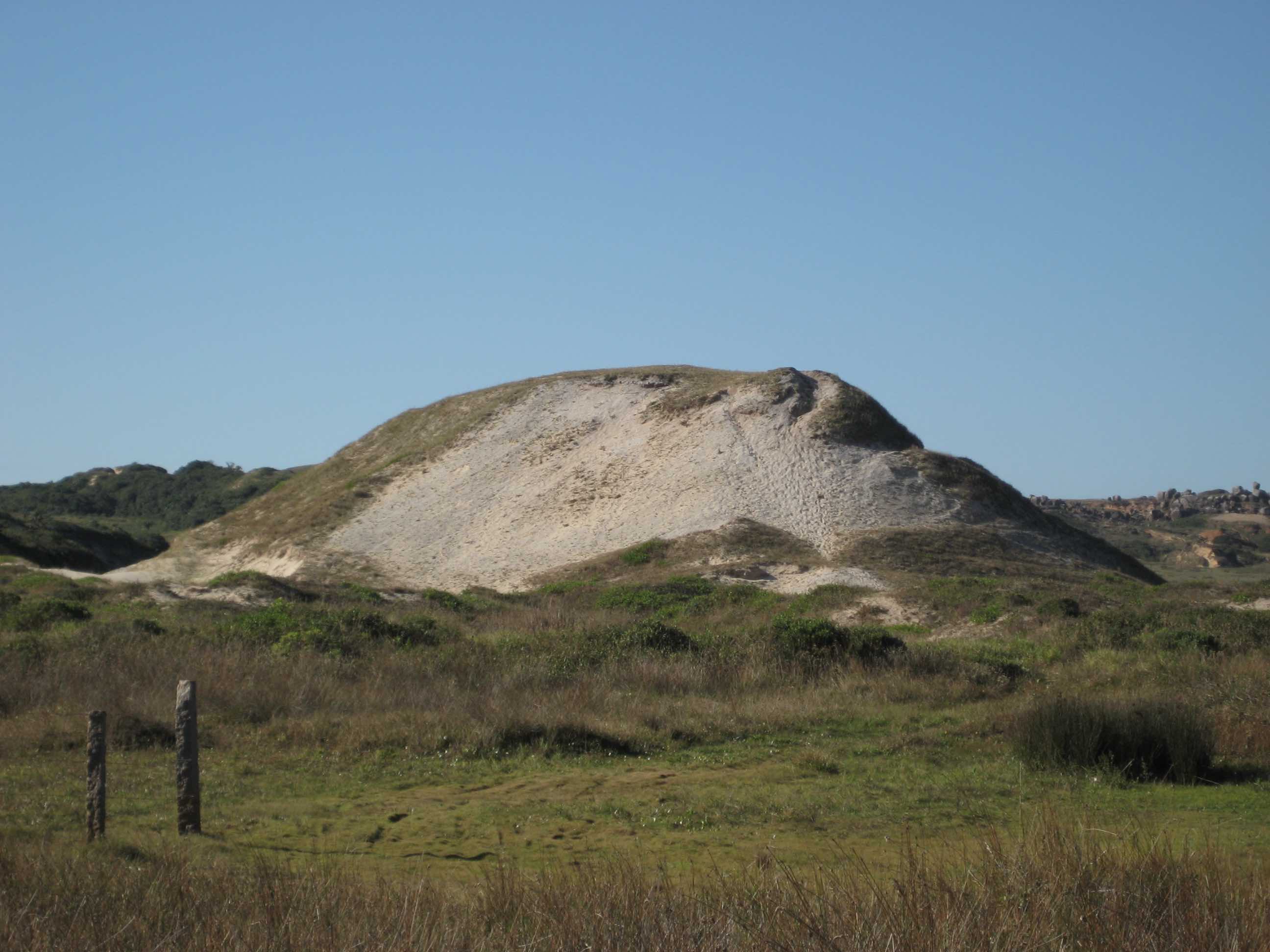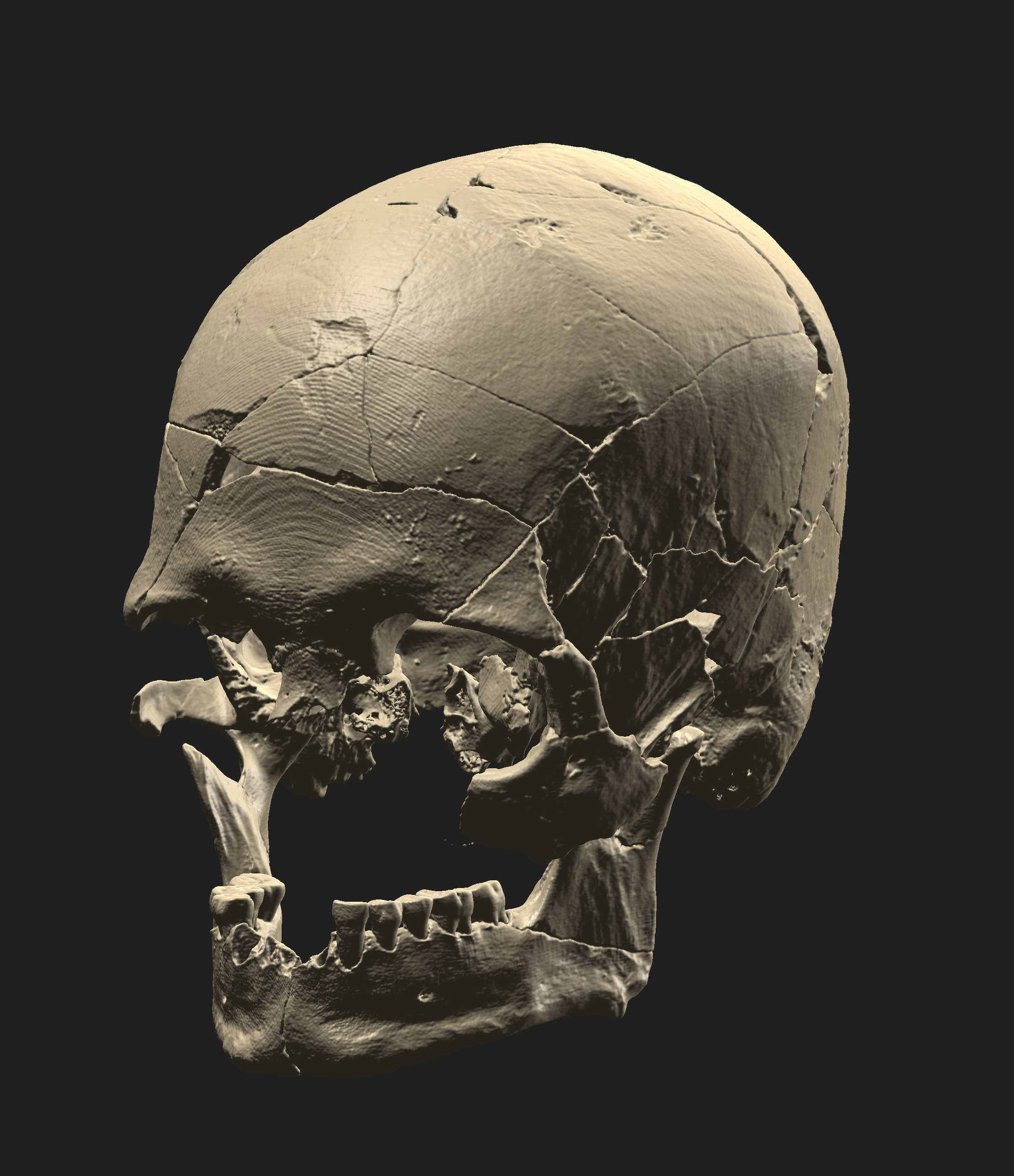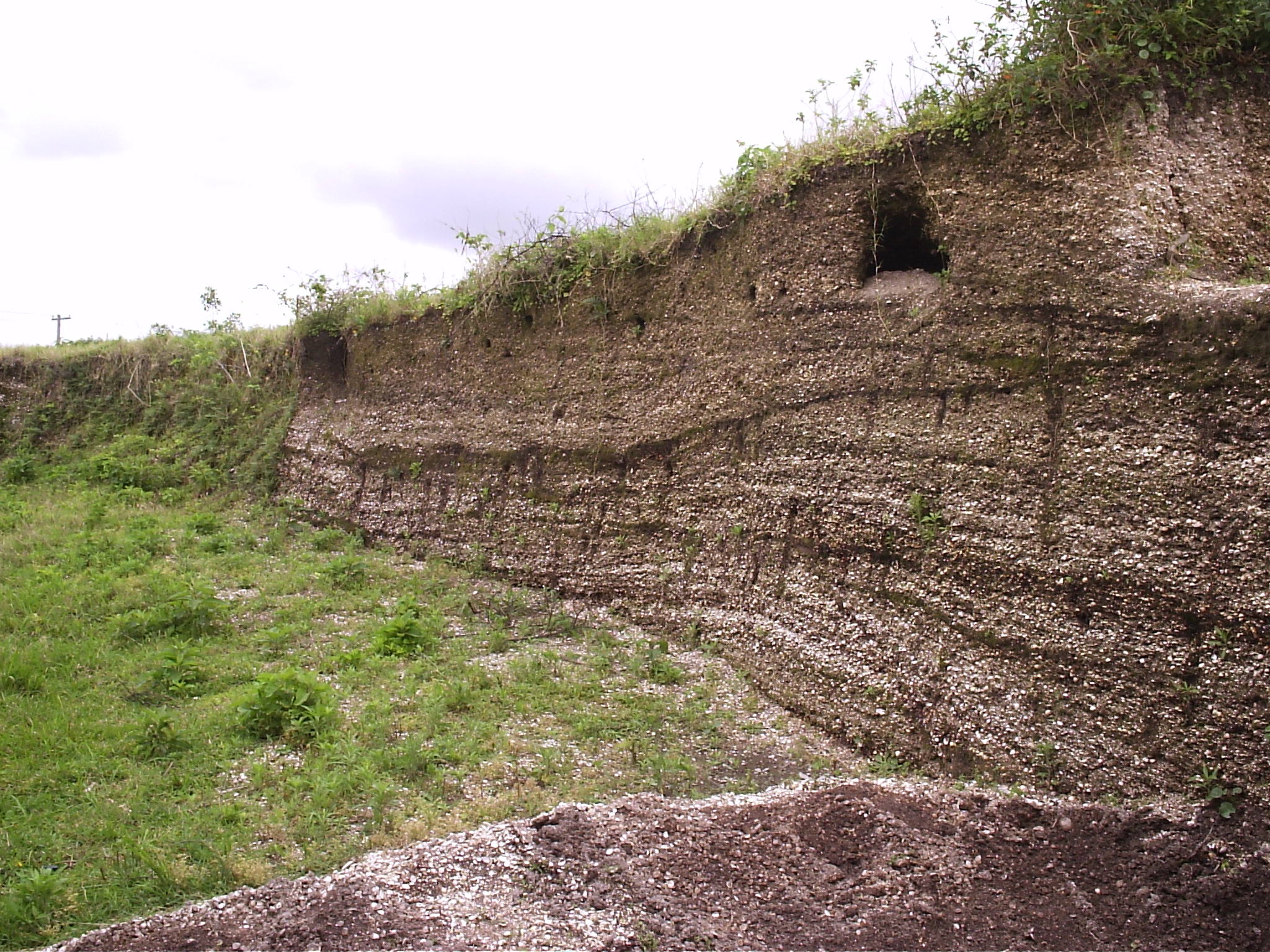A study of the genomic history of coastal societies in eastern South America
Researchers from the Institute of Evolutionary Biology (IBE) in Barcelona, the Senckenberg Centre for Human Evolution and Palaeoenvironment at the University of Tübingen and the Brazilian University of São Paulo, compiled the largest genomic dataset from Brazil to demonstrate that sambaqui communities on the southern and southeastern coasts did not represent a genetically homogeneous population.

The sambaquis, also known as “shell mounds,” were established about 8,000 to 1,000 years ago along a stretch of more than 3,000 kilometers on the eastern coast of South America. According to archaeological records, the sambaqui builders shared clear cultural similarities. However, contrary to what was expected, now a study co-led by the Institute of Evolutionary Biology (IBE), a joint center of the CSIC and Pompeu Fabra University (UPF), has revealed that these groups of people showed significant genetic differences. Published in the journal "Nature Ecology and Evolution", the study attributes these findings to the different demographic trajectories of the populations, possibly due to regional contacts with groups from the interior.
Mounds up to several hundred meters long and occasionally over thirty meters high can be found along a stretch of more than 3,000 kilometers on Brazil’s Atlantic coast. “These cultural relics, known as ‘sambaquis’, were built over a period of 7,000 years. They consist primarily of shells and other daily residues that fossilized over time. The sambaquis were used by ancient indigenous populations as dwellings, cemeteries and territorial demarcation. They are among the most fascinating archaeological phenomena in pre-colonial South America,” explains first author Tiago Ferraz.
Tábita Hünemeier, principal researcher at the IBE, adds, “The sambaqui were always built in a similar fashion over a long period of time across a vast area. The associated communities shared cultural similarities. Their origins, demographic history, and encounters with early Holocene hunter-gatherers from the inland, along with their rapid disappearance, have raised several questions, which we explored in our recent study.

“To further clarify the population history of indigenous societies on the east coast of South America, we generated data across the entire genome of 34 individuals from four different regions of Brazil, who were up to 10,000 years old. These include genomic data of ‘Luzio,’ a skeleton found in a riverine sambaqui called Capelinha. It is considered the oldest evidence of human presence in southeastern Brazil,” explains André Strauss of the Museum of Archaeology and Ethnology, University of São Paulo.
In their current study, the researchers show that early Holocene hunter-gatherers are genetically distinct from each other and from later populations in eastern South America. This suggests that there were no direct relationships with the later coastal groups. The team’s analyses also show that contemporary sambaqui groups from the southeastern Brazilian coast on the one hand, and from the southern Brazilian coast on the other, were genetically heterogeneous.
According to the study, the intensification of contacts between inland and coastal populations around 2,200 years ago was accompanied by a marked decline in shell mound construction. During the same period, major environmental changes took place. The researchers believe that all of these influences may have ultimately led to the end of shell mound architecture.

“In summary, our results show that the sambaqui communities on the southern and southeastern coasts did not represent genetically homogeneous populations. Both regions showed different demographic trajectories, possibly due to the low mobility of the coastal groups. This is in contrast to the cultural similarities described in the archaeological record. We need to conduct further regional and micro-scale studies to learn more about the genomic history of South America,” concludes Cosimo Posth of the Senckenberg Centre for Human Evolution and Palaeoenvironment at the University of Tübingen.
Publication: Tiago Ferraz, Tábita Hünemeier, André Strauss, Cosimo Posth et. al. (2023): Genomic history of coastal societies from eastern South America. Nature Ecology & Evolution. DOI: 10.1038/s41559-023-02114-9
